On my way back from Gura Apelor which is located about 30 km from Sarmizegetusa in the Retezat Mountains, I decided to stop by the ancient Roman ruins of Ulpia Traiana Sarmizegetusa. If you’re traveling by car, there’s a large parking lot right off the main road from Hateg to Caransebes, where you can park while you explore the ruins. The main entrance is conveniently located next to the parking area.
About Ulpia Traiana Sarmizegetusa
The ruins of Ulpia Traiana Sarmizegetusa can be found in the Romanian commune of Sarmizegetusa, Hunedoara county. The ancient city offers a window into the grandeur and legacy of the Roman Empire. Founded in the 2nd century AD by the Emperor Trajan, Ulpia Traiana Sarmizegetusa was a significant center of commerce, culture, and military power in the region for over 300 years. Today, the ruins of this once-thriving metropolis provide a fascinating glimpse into the heart of ancient Roman civilization.
One of the most remarkable features of Ulpia Traiana Sarmizegetusa is its strategic location. The city was situated at the intersection of several key trade routes, making it a hub of commerce and exchange for goods, ideas, and people. Its position also made it an important military stronghold, as it controlled access to the surrounding territories and provided a strategic vantage point for defending against invasions.
The Forum
The most prominent structure in the city was the Forum, a grand public space that served as the center of political, social, and cultural life.
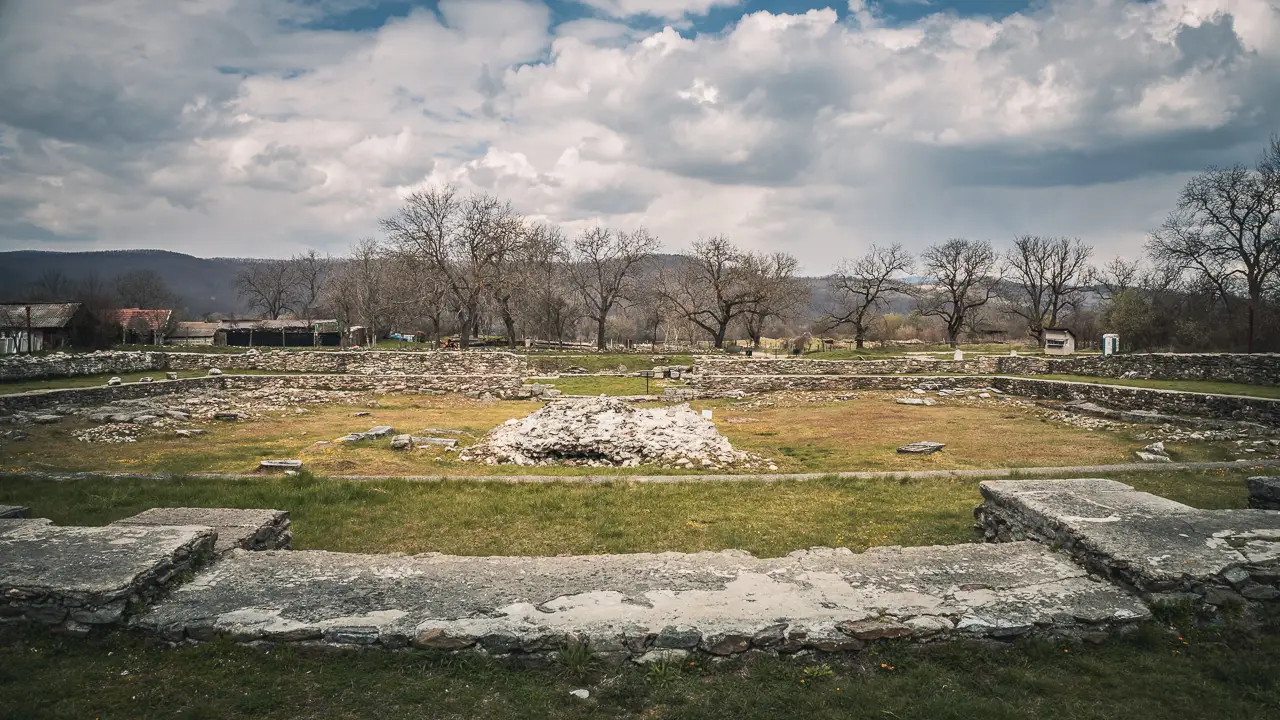


Domus Procuratoris
This was the palace of the Financial Procurator of the Province Dacia. You will find the former palace if you follow the main path from the entrance towards the forum.
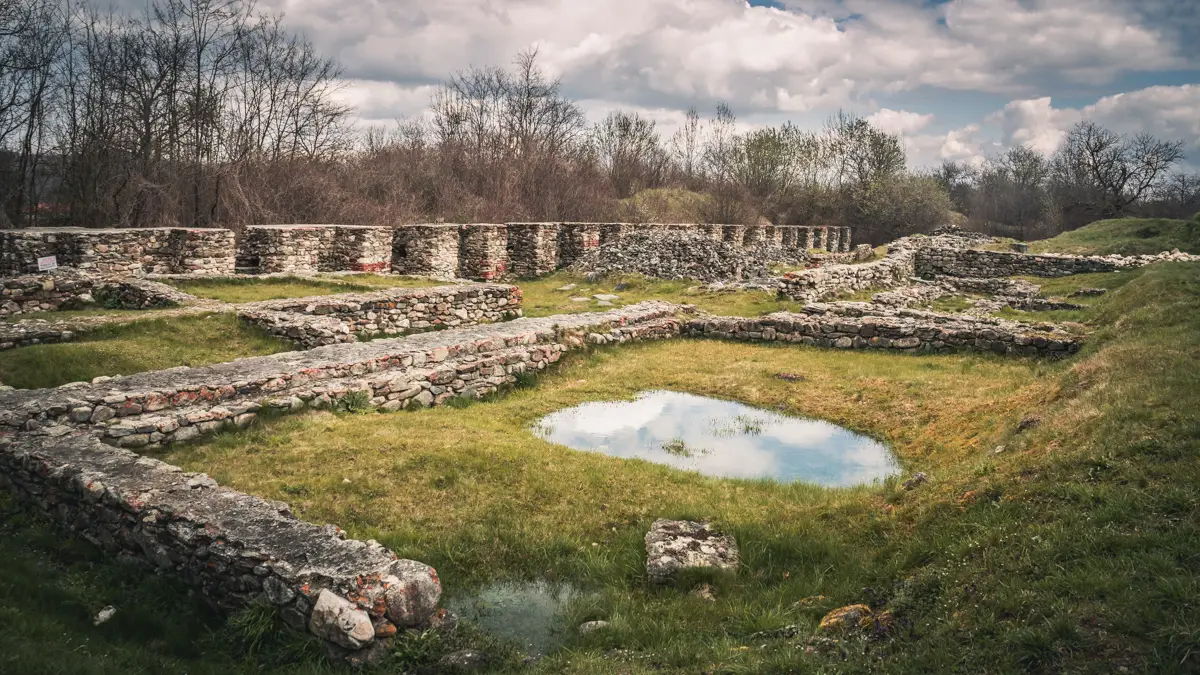
The Amphitheater
Other notable structures in Ulpia Traiana Sarmizegetusa include the Amphitheater, which could seat up to 5,000 spectators for gladiatorial games and other spectacles. When I visited this place, the Amphitheater was closed to the public due constructions.


The Great Temple
The most impressive religious structure in Roman Dacia was the Great Temple. The only structure still standing from the Roman period that I could see was a single Roman column. This column likely marked the entrance to what was once the Great Temple. Standing tall among the ruins, it gave a glimpse into the grandeur of the ancient site.

Other archeological site
One of the surprising discoveries in Sarmizegetusa is the presence of an ancient glass workshop, something I never expected to find here. Among the popular historical sites, this workshop stands out as unique. According to archaeologists, remains of five furnaces were uncovered in two rooms, revealing that they were once used for glass production.
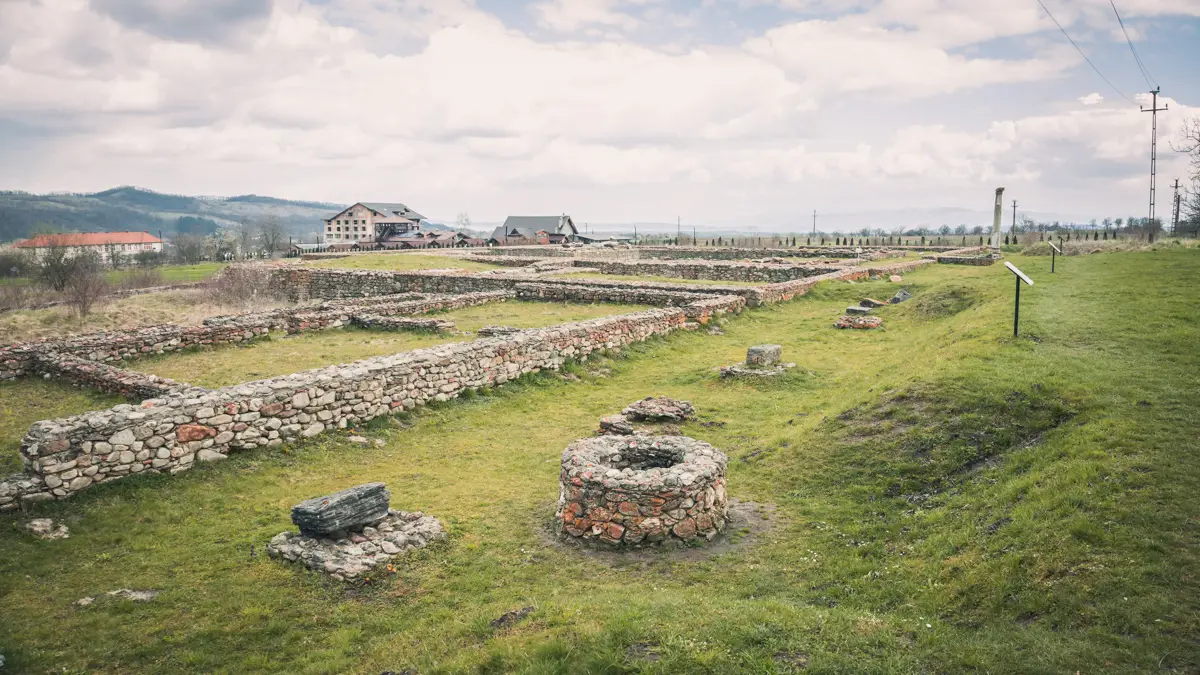
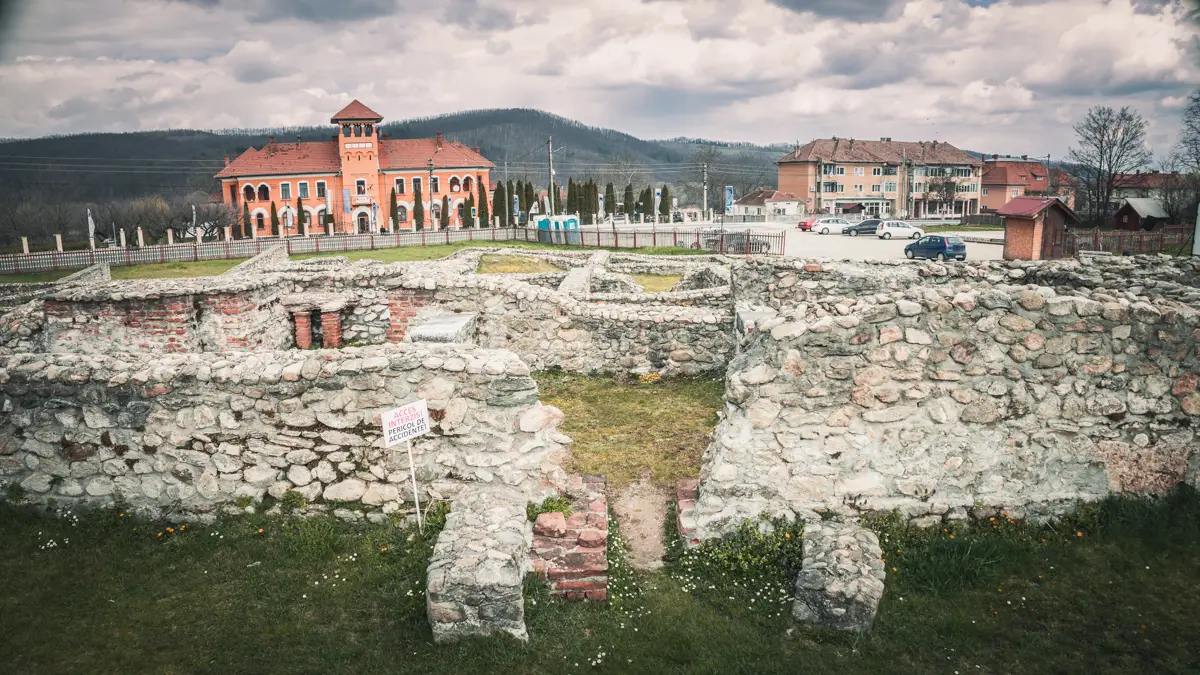
Aside from its architectural marvels, Ulpia Traiana Sarmizegetusa was also a center of intellectual and artistic activity. Excavations have uncovered numerous sculptures, inscriptions, and other artifacts that offer insights into the daily life and beliefs of the people who lived in the city
Despite its rich history and significance, Ulpia Traiana Sarmizegetusa was largely forgotten for centuries after its decline and eventual abandonment in the 5th century AD. It was not until the 19th century that scholars and archaeologists began to explore and excavate the ruins, uncovering the city’s fascinating past and legacy.
Its ruins offer a unique and enriching experience for visitors who wish to explore the ancient history and culture of the Roman Empire. The site is a testament to the enduring legacy of one of the world’s greatest civilizations, and a reminder of the importance of preserving and studying our shared human heritage.
Sarmizegetusa Regia
Another popular spot to visit nearby is Sarmizegetusa Regia, the ancient Dacian capital during Roman times. Located about 77 km from Sarmizegetusa, the ruins of this historic site lie in the Orastie Mountains. Sarmizegetusa Regia was once the heart of Dacian culture and power, especially before the Roman conquest. The site is filled with remnants of Dacian fortifications, temples, and ancient structures, all set against the scenic mountain backdrop.
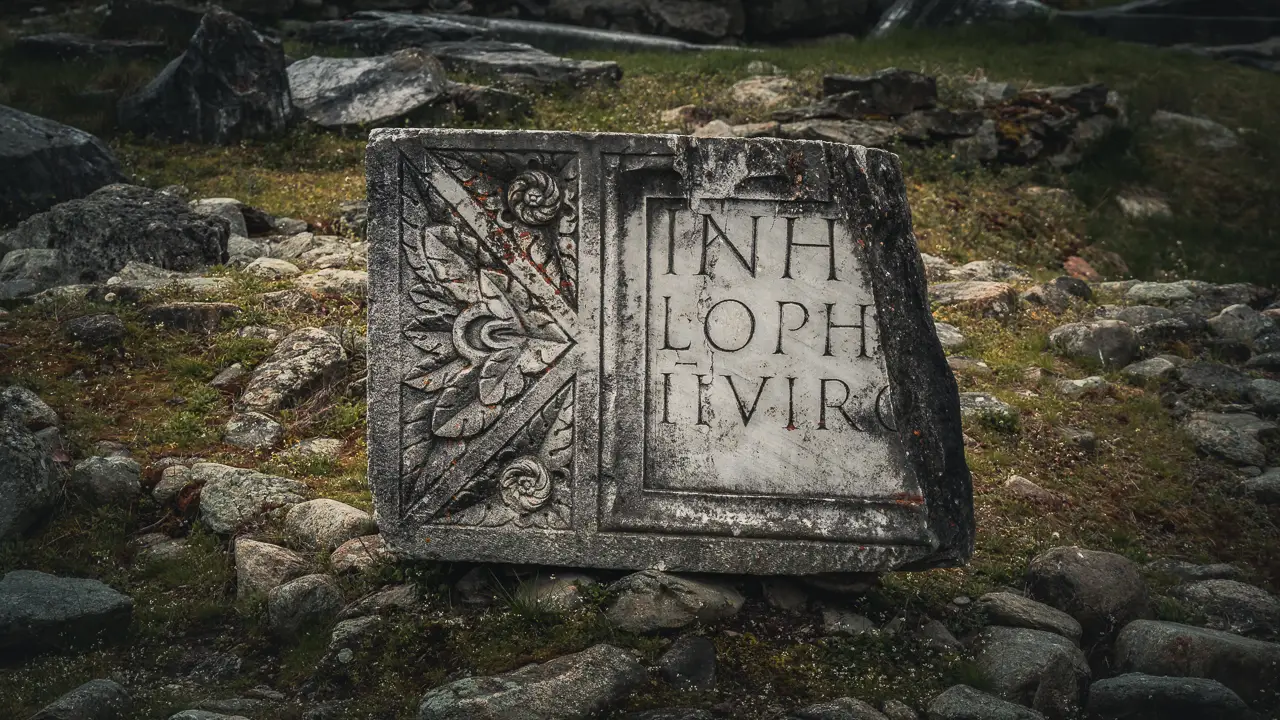
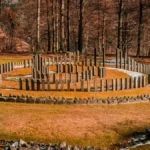
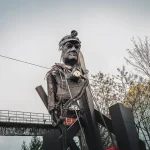
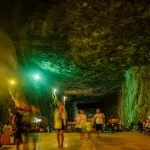
Leave a Reply